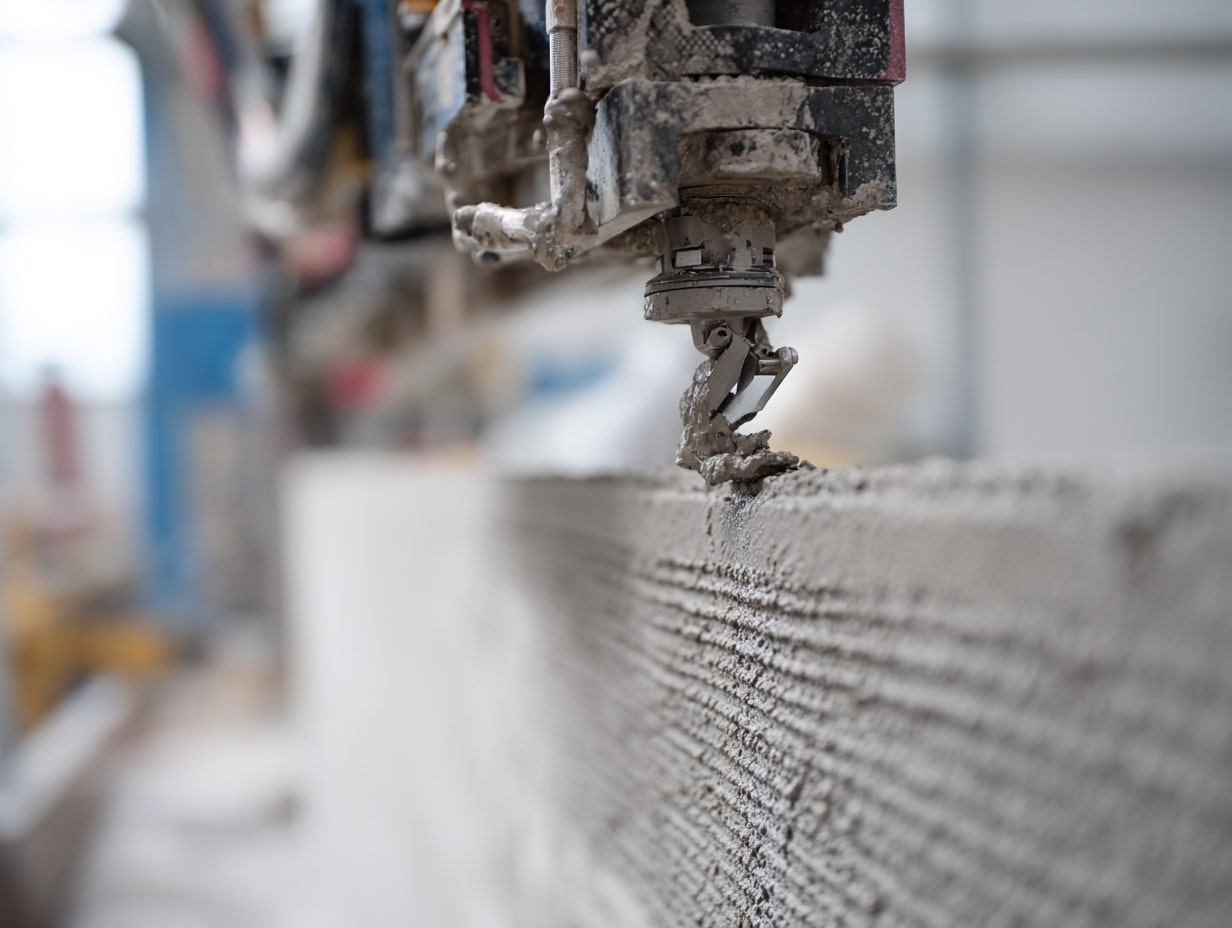- Home
- Articles
- Architectural Portfolio
- Architectral Presentation
- Inspirational Stories
- Architecture News
- Visualization
- BIM Industry
- Facade Design
- Parametric Design
- Career
- Landscape Architecture
- Construction
- Artificial Intelligence
- Sketching
- Design Softwares
- Diagrams
- Writing
- Architectural Tips
- Sustainability
- Courses
- Concept
- Technology
- History & Heritage
- Future of Architecture
- Guides & How-To
- Art & Culture
- Projects
- Interior Design
- Competitions
- Jobs
- Store
- Tools
- More
- Home
- Articles
- Architectural Portfolio
- Architectral Presentation
- Inspirational Stories
- Architecture News
- Visualization
- BIM Industry
- Facade Design
- Parametric Design
- Career
- Landscape Architecture
- Construction
- Artificial Intelligence
- Sketching
- Design Softwares
- Diagrams
- Writing
- Architectural Tips
- Sustainability
- Courses
- Concept
- Technology
- History & Heritage
- Future of Architecture
- Guides & How-To
- Art & Culture
- Projects
- Interior Design
- Competitions
- Jobs
- Store
- Tools
- More
Micro-Apartments & Tiny Homes: Designing for Functionality & Comfort

In today’s world, where urban living often means limited space, micro-apartments and tiny homes are becoming increasingly popular. These compact living spaces present a unique challenge—how to balance functionality with comfort. One of the key factors in making these spaces livable is understanding how every design choice impacts the overall feel of the environment. From efficient furniture arrangements to smart storage solutions, creating a space that feels both functional and comfortable requires careful planning. In this post, we’ll explore the design principles that help optimize small spaces and how bed size impacts spatial design in these types of homes.
- Maximizing Space with Multifunctional Furniture
In a micro-apartment or tiny home, every piece of furniture must earn its place. Multifunctional furniture is a game-changer when it comes to optimizing limited square footage. For example, a sofa that converts into a bed, a dining table that doubles as a workspace, or a kitchen island that functions as both a prep area and a dining spot can make a huge difference.
Smart storage solutions are another must-have in tiny living. Vertical shelving, hidden compartments, and built-in storage under furniture all contribute to maintaining a tidy and organized environment. These types of design choices allow you to have everything you need without overcrowding the space. By embracing multifunctional pieces, tiny homes can maintain a sense of spaciousness while ensuring all daily needs are met.

- Prioritizing Open Floor Plans
One of the main characteristics of micro-apartments and tiny homes is the open floor plan. This design choice eliminates unnecessary walls and partitions, giving the space a sense of openness and fluidity. In a small home, every room should flow into the next, creating a harmonious transition between spaces. An open layout makes the area appear larger and helps light and air circulate more freely, which are essential for comfort.
However, open spaces require careful zoning to ensure that different functions—like cooking, sleeping, and relaxing—can coexist without feeling cluttered. This can be achieved through subtle changes in the floor surface, lighting, or the arrangement of furniture. For instance, a rug or a different type of flooring in the living area can help define that space without creating a physical barrier.
- Natural Light and Airflow: Essential Elements
In any small space, natural light is crucial for creating an atmosphere that feels open and inviting. Maximizing windows, using light-colored walls, and opting for sheer curtains can help enhance the flow of light. Natural light not only improves the aesthetic quality of a space but also impacts mood and wellbeing, making it an essential component of tiny home design.
Another important factor in designing for comfort is airflow. Micro-apartments and tiny homes often lack traditional ventilation systems, so it’s crucial to incorporate natural ventilation where possible. Opening windows, installing ceiling fans, and using cross-ventilation techniques will ensure that fresh air circulates, preventing the space from feeling stuffy or cramped.
- How Bed Size Impacts Spatial Design
One of the most significant decisions in any home—tiny or not—is the choice of bed. Bed size impacts spatial design in more ways than you might think. In small homes, the bed is often the largest piece of furniture, and its placement can make or break the feel of the room.
For example, a king-size bed may overwhelm a tiny bedroom, leaving little room for other essential furniture or even for easy movement. On the other hand, a smaller bed, such as a queen or full-size, might provide the right balance of comfort and space efficiency, allowing for more room to maneuver and store additional items.
In addition to size, the bed’s position within the room is just as important. Placing the bed in a central location may help create a more balanced space, but it may also reduce usable floor area. Positioning it against a wall or under a lofted area can help maximize square footage, freeing up space for other furniture or storage.
- Incorporating Minimalist Design Principles
When designing micro-apartments and tiny homes, the concept of minimalism often comes into play. The idea is not just about reducing clutter but also about embracing simplicity in the form of decor, furniture, and color schemes. Neutral colors, clean lines, and a lack of overly ornate decor can all contribute to a feeling of openness and tranquility.
In minimalist design, the focus is on quality over quantity. Investing in high-quality, durable materials and well-made furniture pieces will help your small space feel more sophisticated and less cluttered. Additionally, incorporating pieces that serve both aesthetic and practical purposes can elevate the design without overcrowding the space.

- Utilizing Vertical Space for Storage
When horizontal space is at a premium, vertical storage solutions become vital. High shelves, wall-mounted storage, and tall cabinets can help you store items without taking up valuable floor space. This approach not only maximizes storage but also helps keep the room feeling organized and uncluttered.
Vertical design elements can also be used creatively. For instance, a lofted bed or mezzanine level can create additional storage space beneath the bed, or provide a cozy sleeping area that doesn’t crowd the rest of the living space. This type of design ensures that every inch of the space is utilized efficiently while keeping the overall feel open and airy.
- Adding Personal Touches to Make it Feel Like Home
Despite the limited space, it’s important that micro-apartments and tiny homes feel comfortable and personal. Adding small touches like plants, artwork, or textiles can inject warmth and personality into the space. The goal is to make the space feel like home without overwhelming it.
To maintain comfort while keeping things functional, consider using foldable or stackable decor items. For example, a collapsible coffee table or wall-mounted hooks for bags and coats can be tucked away when not in use, adding convenience and aesthetic appeal.
- Creating a Flexible Space for Multifunctionality
In micro-apartments, multifunctionality is not limited to furniture—it extends to the overall design of the space. A single area can serve multiple functions, depending on the time of day. For example, a living room can be transformed into a guest bedroom at night, or a dining area can double as a home office.
To achieve this level of flexibility, choose furniture that can be easily moved or adapted to different needs. Consider fold-out tables, stackable chairs, or rolling carts that can be relocated depending on the space’s current function. The ability to repurpose a room quickly helps ensure that the space remains versatile and comfortable.
Conclusion
Designing a micro-apartment or tiny home for functionality and comfort is all about making thoughtful design choices that maximize every inch of available space. From multifunctional furniture to minimalist decor, each decision plays a part in creating a living environment that feels open, inviting, and cozy. And when it comes to maximizing comfort, bed size impacts spatial design more than most people realize. With the right balance of space-efficient elements and personal touches, tiny homes and micro-apartments can offer a perfectly functional and comfortable lifestyle.
Submit your architectural projects
Follow these steps for submission your project. Submission FormLatest Posts
3D Printed Homes: Time, Cost, and What to Expect
3D printed homes explained: realistic timelines (24–72h walls, 8–16 weeks total), true...
How a Contact Centre Boosts Trust in Your Building Business
In construction, trust is the glue that holds projects together. Clients need...
How Real Time Parcel Geolocation Is Redefining Last Mile Efficiency for Modern Businesses
Last mile delivery has become the most critical point in the customer...
How Can Small Spaces Stay Stylish and Relaxing?
In today’s fast-paced urban lifestyle, small living spaces are becoming increasingly common....












Leave a comment